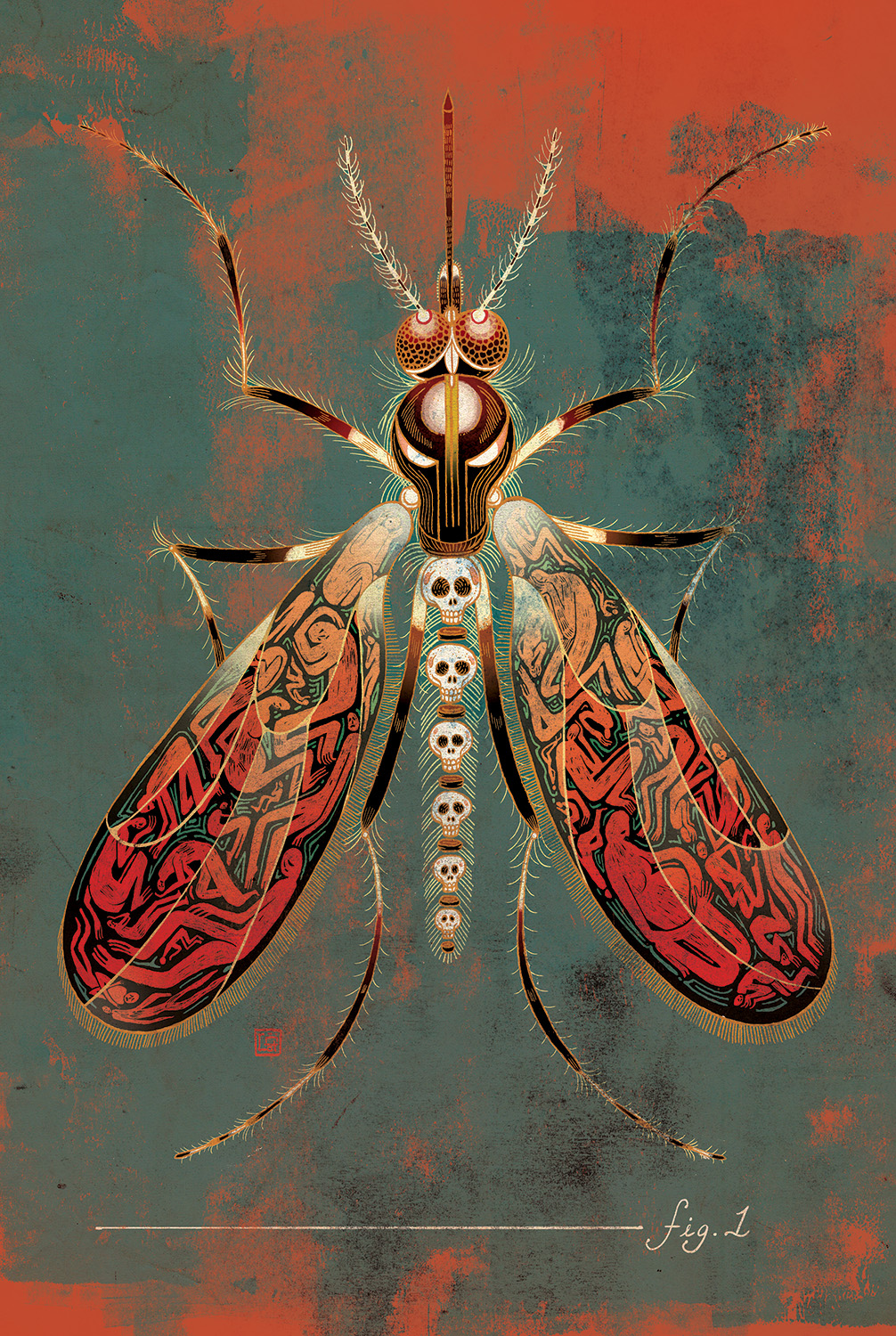Image


You should really subscribe now!
Or login if you already have a subscription.
Victo Ngai is a New York–based, award-winning illustrator from Hong Kong. Her clients include the New York Times, the New Yorker, the Wall Street Journal, American Express, General Electric, Lufthansa, NBC, IMAX, McDonald’s, MTA Arts & Design, Penguin Random House, and Macmillan. Ngai’s honors include Forbes 30...